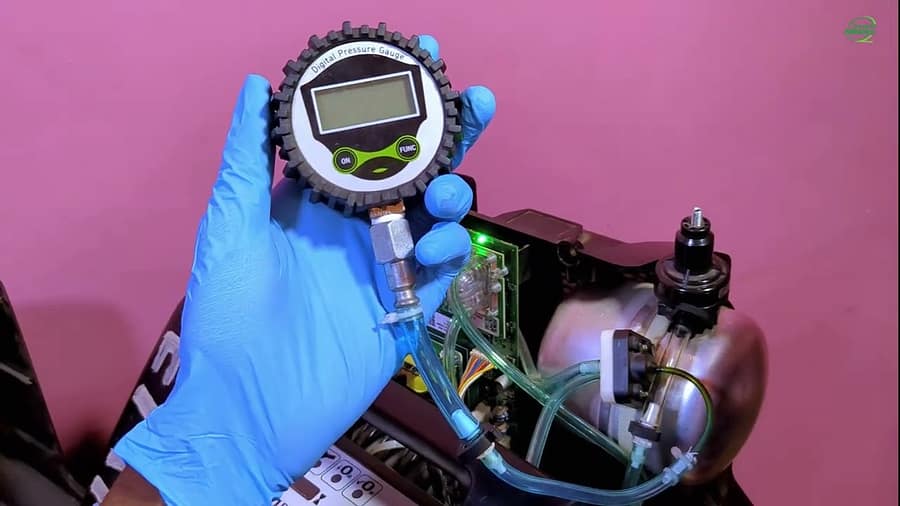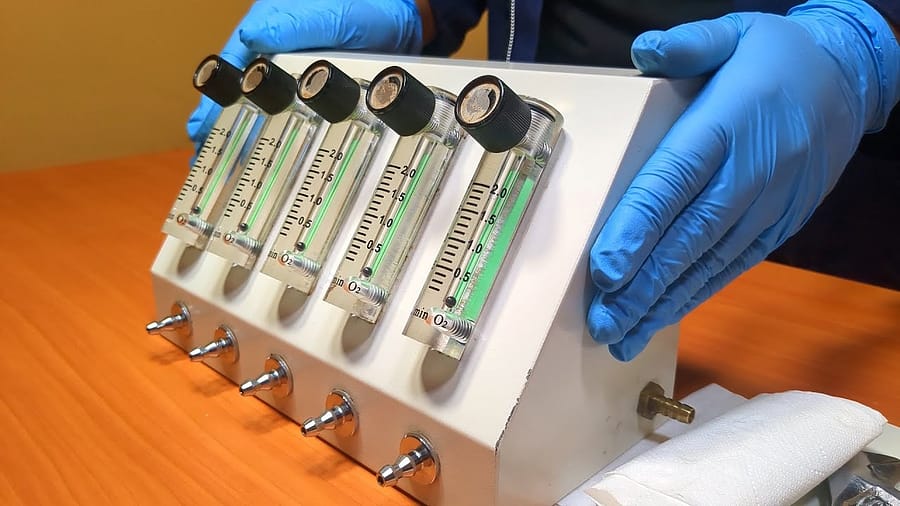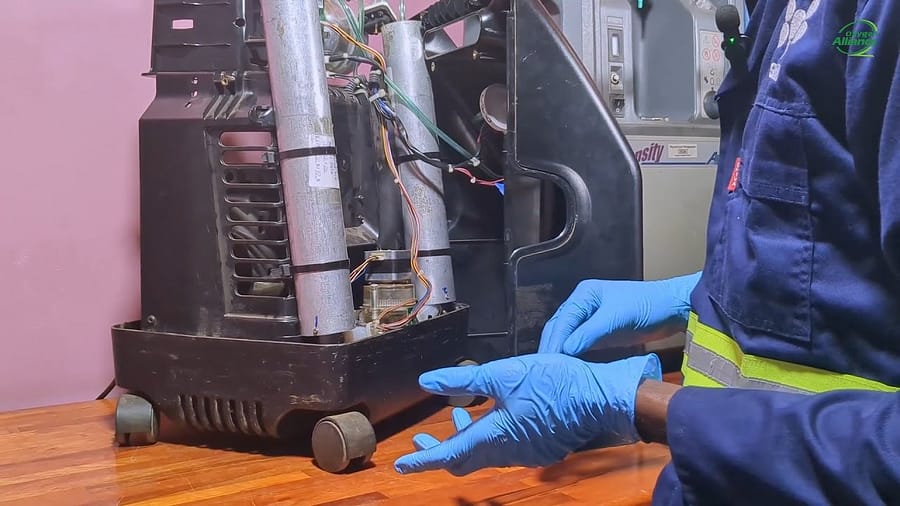X-ray technology has revolutionized medical diagnostics, providing a window into the human body that has enabled countless lives to be saved and improved. But behind those revealing images lies a complex world of technology that requires careful consideration, from selecting the right equipment to ensuring its longevity and optimal performance.
Our recent webinar was a deep dive into the intricacies of X-ray imaging equipment, offering invaluable insights for healthcare professionals, technicians, and anyone involved in the procurement and maintenance of these vital tools.
Planning Your X-ray Infrastructure: A Foundation for Success
Before investing in any X-ray equipment, meticulous planning is crucial. This involves a multi-faceted approach:
- Budgetary Considerations: Determining the true cost of ownership extends beyond the initial purchase price. Factor in installation expenses, ongoing maintenance costs, potential repair costs, and the estimated lifespan of the equipment. A comprehensive budget ensures a sustainable investment.
- Technology Assessment: Not all X-ray machines are created equal. Consider the specific needs of your facility and the patient population you serve. Will you be primarily performing routine chest X-rays, or do you require specialized equipment for mammography or dental imaging? Understanding the different types of X-ray systems (standard, mobile, C-arm, etc.) and their capabilities is essential for making an informed decision.
- Installation Requirements: Proper installation is critical for optimal performance and safety. This includes ensuring adequate space for the equipment, proper electrical connections, and appropriate shielding to minimize radiation exposure.
- Training and Competency: Investing in comprehensive training for your staff is paramount. Technicians need to be proficient in operating the equipment, understanding safety protocols, and performing basic troubleshooting. Well-trained staff contribute to efficient workflows, accurate diagnoses, and a safer environment for everyone.
- Radiation Safety Protocols: X-ray technology utilizes ionizing radiation, which can be harmful if not managed responsibly. Implementing robust safety protocols, including lead shielding, dosimetry monitoring for staff, and adherence to ALARA (As Low As Reasonably Achievable) principles, is non-negotiable.
- Preventive Maintenance Strategies: A well-structured preventive maintenance plan is an investment in the longevity and performance of your X-ray equipment. Regular cleaning, lubrication of moving parts, calibration checks, and component inspections can prevent costly downtime and ensure consistent image quality.
Demystifying the X-ray Machine: A Look Under the Hood
Henley provided a detailed overview of the components that make up an X-ray machine, shedding light on their functions and interrelationships:
- X-ray Tube: The heart of the machine, where electrons are accelerated to generate X-rays. Understanding the factors that influence tube life, such as heat dissipation and filament integrity, is crucial for troubleshooting and maintenance.
- High Voltage Generator: This component supplies the necessary power to the X-ray tube, and its stability is critical for consistent X-ray production.
- Collimator: This device controls the size and shape of the X-ray beam, ensuring that radiation exposure is limited to the area of interest.
- X-ray Detector: This component captures the X-rays that pass through the patient and converts them into an image. Different detector technologies offer varying levels of sensitivity and resolution.
- Control System: The control panel allows the technician to adjust parameters such as exposure time, tube current, and voltage to optimize image quality.
Troubleshooting Common X-ray Equipment Challenges
The webinar addressed common problems that can plague X-ray equipment, empowering technicians with the knowledge to troubleshoot effectively:
- Tube Overheating: Excessive heat can damage the X-ray tube, leading to premature failure. Understanding the cooling mechanisms and monitoring tube temperature are essential preventive measures.
- Filament Breakage: The filament within the X-ray tube can break, rendering the machine inoperable. Recognizing the signs of filament failure and knowing the replacement procedure can minimize downtime.
- Image Quality Issues: Blurry images, artifacts, or inconsistent densities can hinder accurate diagnosis. The webinar explored potential causes, such as detector malfunction or calibration errors, and suggested troubleshooting steps.
Preventive Maintenance: Extending the Life of Your X-ray Equipment
Regular preventive maintenance is the key to maximizing the lifespan and performance of your X-ray equipment.
- Cleaning and Disinfection: Maintaining a clean environment is essential for infection control and optimal image quality.
- Lubrication: Moving parts, such as collimator blades and tube stand mechanisms, require regular lubrication to prevent wear and tear.
- Sensor Checks: Regularly inspecting and cleaning sensors ensures accurate data acquisition.
- Calibration and Testing: Periodic calibration and performance testing guarantee that the equipment is operating within specifications and producing high-quality images.
Safety First: Protecting Patients and Staff
The webinar reinforced the importance of radiation safety practices:
- Shielding: Lead aprons, thyroid shields, and protective barriers minimize radiation exposure for both patients and staff.
- Dosimetry Monitoring: Personnel who work with X-ray equipment should wear dosimeters to track their radiation exposure levels.
- ALARA Principle: Adhering to the “As Low As Reasonably Achievable” principle means minimizing radiation exposure by optimizing imaging techniques and using the lowest possible radiation dose that yields a diagnostically acceptable image.








